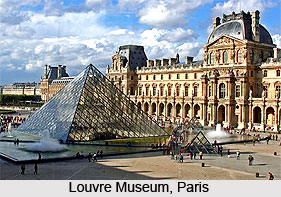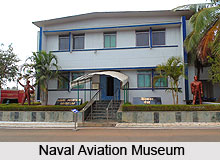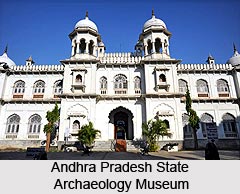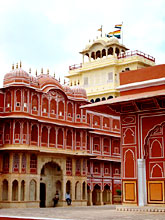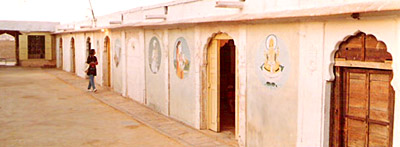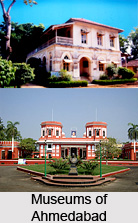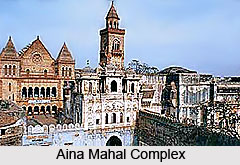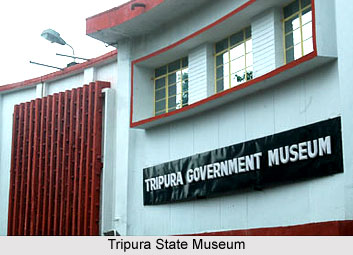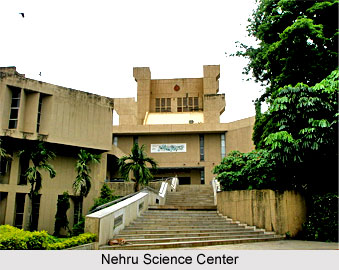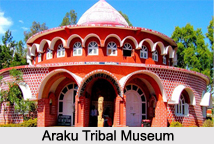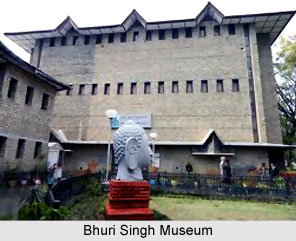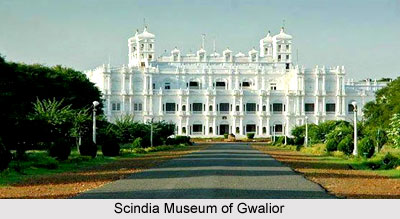The State Museum of Lucknow is situated at Banarasibagh.Earlier it was located at the historic Choti Chattar Manzil.It was established in the year 1863. Primarily the museum contains the elements pertaining to the art, culture and custom of the region. Gradually it became a multi purpose museum.
The museum houses sculpture, prehistoric tools, bronzes, paintings, natural history and anthropological specimens, woodwork, coins, etchings, textiles and decorative arts. A wine jar bearing the name of Aurangzeb Alamgir of 17th century, a beautiful painting of a 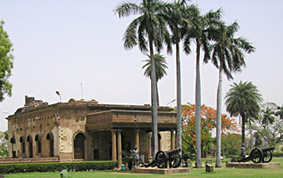 scene from the Kalpasutra depicting an elephant rider of 16th century, a 16th century copy of the Harivansha in Persian with nine illustrations, rare silver and gold coins which are preserved in the museum deserve special mention.
scene from the Kalpasutra depicting an elephant rider of 16th century, a 16th century copy of the Harivansha in Persian with nine illustrations, rare silver and gold coins which are preserved in the museum deserve special mention.
The most exciting element, which obviously attracts the attention of the viewers, is the Egyptian mummy and wooden sarcophagus, which dates back to 1000 B.C.The stone sculpture of Balarama and a panchmukhi shivalinga of 2nd century BC, a statue of Saraswati formed the integral part of the repository. The museum has an amazing collection of coins ranging from the terracotta coins of the Indus Valley Civilization to modern day coin. The museum is open on all days from 10.30 A.M. to 4.30 P.M except Mondays and Government holidays.
